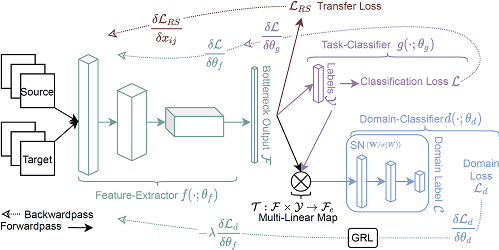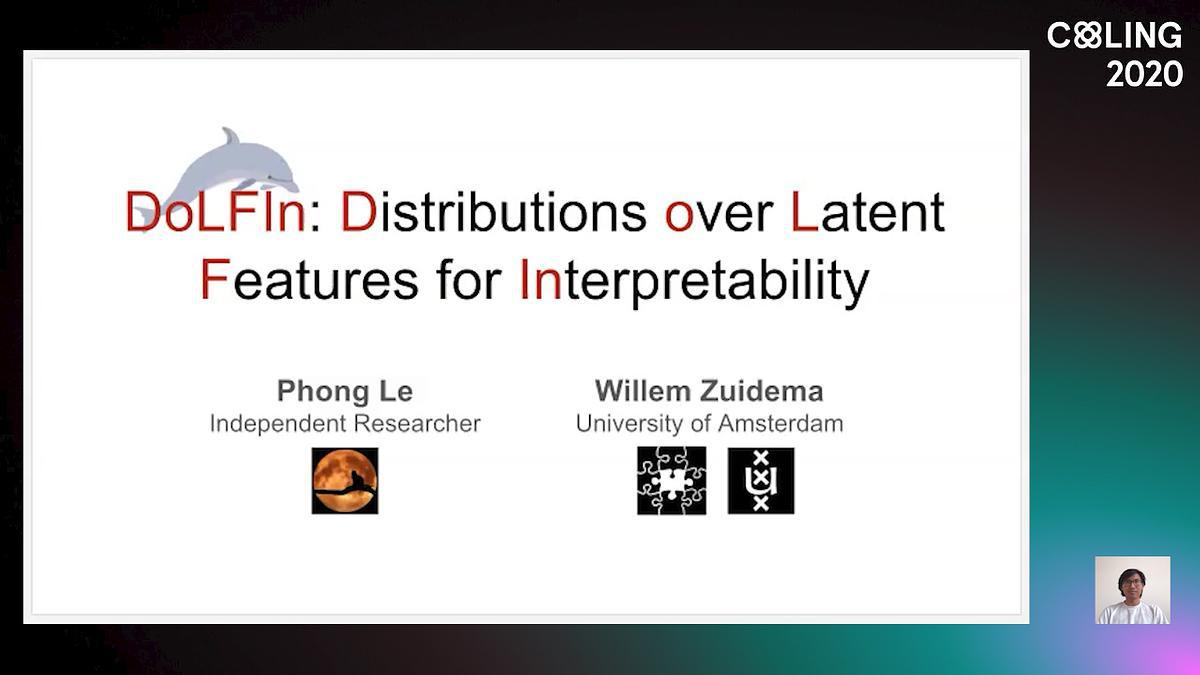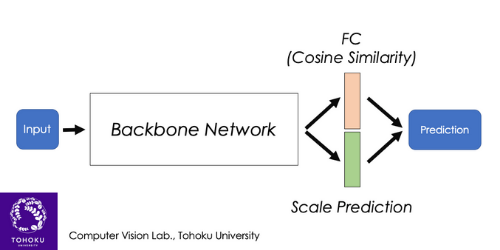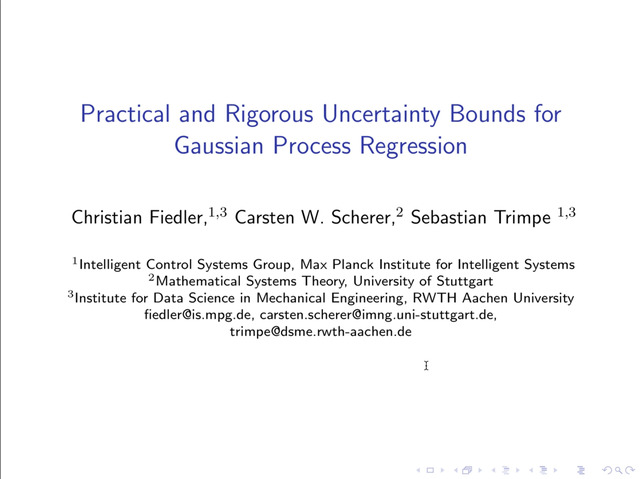Abstract:
Crucial for building trust in deep learning models for critical real-world applications is efficient and theoretically sound uncertainty quantification, a task that continues to be challenging. Useful uncertainty information is expected to have two key properties: It should be valid (guaranteeing coverage) and discriminative (more uncertain when the expected risk is high). Moreover, when combined with deep learning (DL) methods, it should be scalable and affect the DL model performance minimally. Most existing Bayesian methods lack frequentist coverage guarantees and usually affect model performance. The few available frequentist methods are rarely discriminative and/or violate coverage guarantees due to unrealistic assumptions. Moreover, many methods are expensive or require substantial modifications to the base neural network. Building upon recent advances in conformal prediction [13, 33] and leveraging the classical idea of kernel regression, we propose Locally Valid and Discriminative prediction intervals (LVD), a simple, efficient, and lightweight method to construct discriminative prediction intervals (PIs) for almost any DL model. With no assumptions on the data distribution, such PIs also offer finite-sample local coverage guarantees (contrasted to the simpler marginal coverage). We empirically verify, using diverse datasets, that besides being the only locally valid method for DL, LVD also exceeds or matches the performance (including coverage rate and prediction accuracy) of existing uncertainty quantification methods, while offering additional benefits in scalability and flexibility.









































